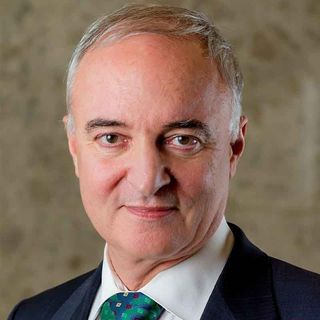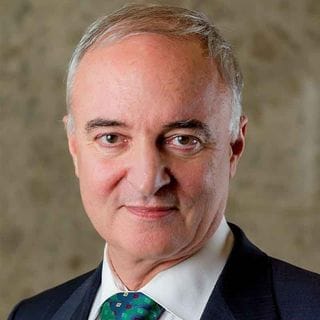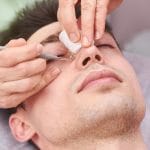Are you using Botox or thinking about using it? You may love the smooth forehead and softer frown lines but worry about what your skin and facial muscles will look like decades later. But what happens after using it for 10, 15, or perhaps 20 years? It’s often a common question before people commit to long-term wrinkle relaxer treatments. This guide explains what can realistically happen after 20 years of Botox and how to plan a Botox strategy.
Is Long-Term Botox Safe?
Botox (onabotulinumtoxinA) has been FDA-approved for cosmetic use since 2002 and is one of the most studied medications in aesthetic medicine. Large safety reviews over nearly two decades show that, in appropriate doses and when injected by trained professionals, Botox has a strong safety profile.
Because Botox is temporary and gradually wears off over three to four months, most side effects are short lived and resolve as the product leaves the body. When treatments are spaced correctly and tailored to the individual, long-term use is generally considered safe for healthy patients.
Botox After 20 Years: What to Expect
First, it’s important to understand that Botox doesn’t stop aging. It changes the way you age. Here’s what typically happens after 20 years of Botox:
- Long-term Botox use reduces strong muscle movement in areas like the forehead, frown lines, and crow’s feet.
- Because these muscles contract less forcefully over time, many deep wrinkles never fully form.
- Aging still happens, but lines tend to look softer and less pronounced compared to people who never had Botox.
- Muscles treated repeatedly may become slightly thinner or weaker (mild atrophy), which is usually intentional and helps soften harsh expressions.
- Treated areas may feel more relaxed compared to untreated muscles, especially after many years of regular injections.
- If Botox was placed too heavily or inaccurately at any point, nearby muscles may compensate, which can lead to uneven expressions.
Will You Look Frozen After 20 Years?
A frozen look is usually caused by technique, not the number of years a person has used Botox. Very high doses or treating too many areas at once can reduce natural movement and create a mask-like expression.
With careful dosing and placement, long-term Botox patients often maintain natural eyebrow movement, soft smiles and normal facial animation. At Sarasota Surgical Arts, the goal is to relax overactive lines while keeping your features expressive, even if you plan to continue Botox for many years.
What If You Stop Botox After 20 Years?
Because Botox does not permanently paralyze the muscle, stopping treatments allows muscle activity to gradually return as the product wears off. Most patients notice their usual facial movements coming back over several months.
Long-term users who stop do not suddenly age overnight. Instead, their face reflects their true age without the softening that is provided by Botox. Deep wrinkles may still be less pronounced than they would have been without any treatment, since Botox prevented years of constant folding in the skin.
Possible Long-Term Effects of Botox
Most people tolerate long-term Botox well, but realistic expectations matter. Reported long-term effects can include:
- Mild muscle thinning in frequently treated areas
- Changes in skin texture or thickness
- Shifts in eyebrow or eyelid position
- Dependence on the smoother look
Serious side effects are rare and are more often linked to incorrect dosing, poor technique, or non medical grade products rather than routine cosmetic use in a qualified practice.
Planning a Long-Term Botox Strategy In Sarasota
If you are thinking about starting Botox in your thirties or forties and want to understand what your face will look like after 10 or 20 years, the most important step is a thoughtful consultation. A safe long-term plan should include:
- Conservative starting doses and precise placement
- Regular follow-up to review photos over time
- Adjustments as your facial structure and skin change
- Integration with skin care, sun protection and other treatments when appropriate
At Sarasota Surgical Arts, Dr. Alberico Sessa is a cosmetic surgeon who has successfully completed 25,000 surgical procedures over 18 years of practice. If you are curious about Botox and want a long-term strategy, you can schedule a consultation at Sarasota Surgical Arts to discuss how Botox fits into your overall facial rejuvenation plan. Reach out to us via our contact page or call us at 941-923-1736 today.
Read more:
Daxxify vs. Botox: Which Is the Better Choice for Wrinkle Reduction





